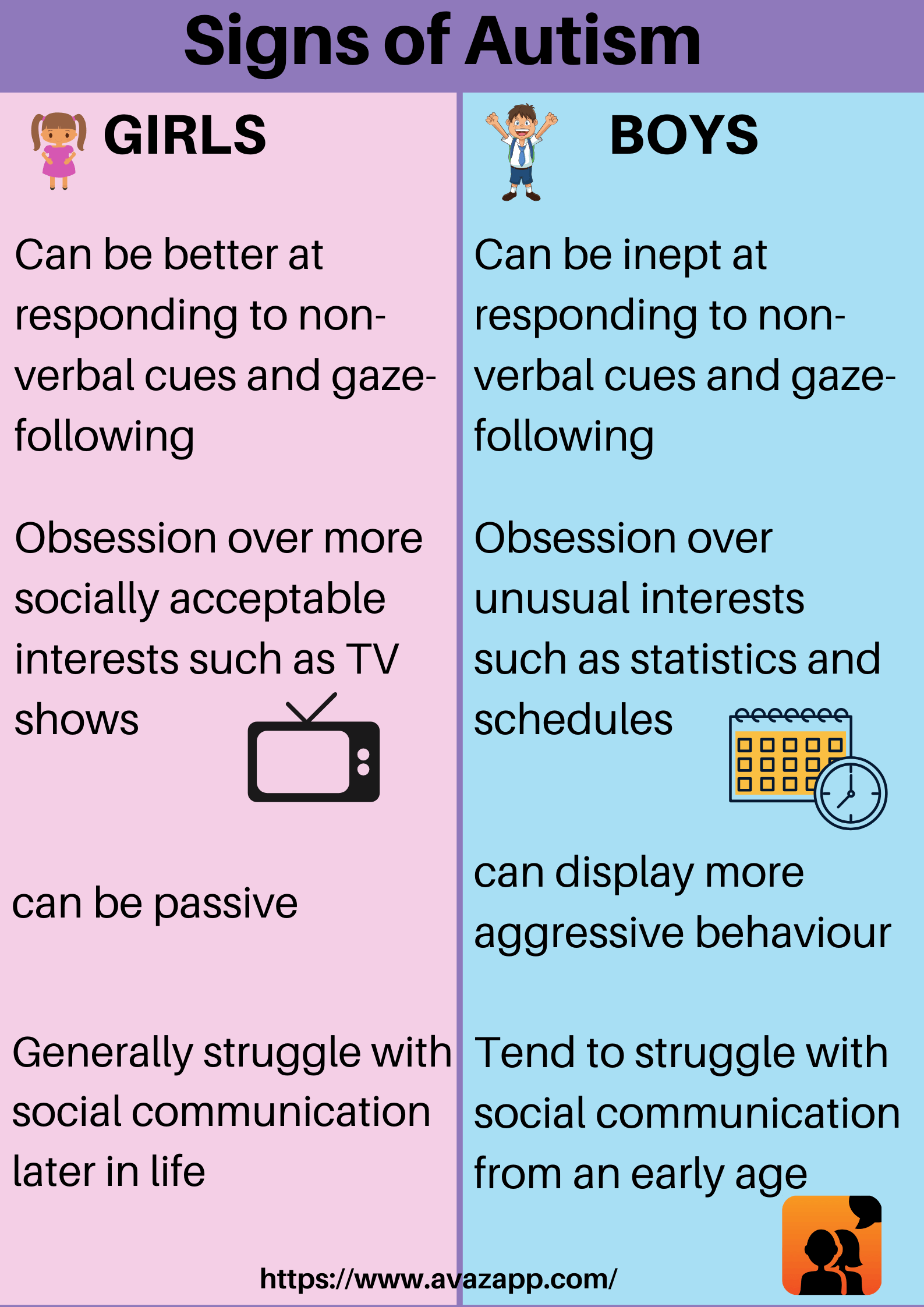The mTOR Hypothesis of Autism
What is Autism and Who Does it Affect?
It’s estimated that 1 in 54 children in the United States will be diagnosed with autism today.[1] Early signs of autism may be detected as early as 18 months, but they typically appear around the age of 2 or 3.1 Autism spectrum disorder (ASD) is a neurodevelopmental disorder that stems from problems with the central nervous system (CNS).[2] We will explore what some of these CNS issues are later in the post.
According to Mayo Clinic, there are several important risk factors that increase the likelihood of developing autism. The most important risk factor is biological sex—boys are 4X more likely to develop ASD compared to girls.[3] Other risk factors include family history, being a preterm baby born before 26 weeks of gestation, being a child of older parents, and having other comorbidities like X syndrome.3 For more in-depth information on risk factors, Mayo Clinic has a great resource here.
Symptoms of Autism
Now that we know ASD is a relatively common disease, as well as some of its risk factors, what are some symptoms to look out for when suspecting someone of having ASD? As previously mentioned, these symptoms can be detected during early infancy and if caught earlier, there is a better prognosis.1 Many of the
symptoms are related to impairments in social communication and interaction. Some examples are failing to respond to their name, resisting holding, lack of facial expression, has delayed speech, doesn’t understand simple questions or directions, and has difficulty reading nonverbal cues.3 Another class of symptoms include behavioral abnormalities, these symptoms are easier to recognize compared to the more nuanced social impairments. Common behavioral patterns found in children with ASD are performing repetitive movements (hand flapping, rocking, spinning), causing self-harm, sensitive to stimuli, and having hyper-specific food preferences.3
It should be noted that autism is expressed differently in girls than boys. Some of the symptoms are different. To help tell the difference, a handy “signs of autism” sheet can be seen just below this text.

mTORC1 Overview and Relationship to ASD
To understand one of the fundamental causes of ASD, we first must understand a key complex in the underlying neurochemistry. Mechanistic target of rapamycin (mTOR) complex 1 (mTORC1) plays a critical role in ASDs pathogenesis via modulating the rate of autophagy.2 Autophagy can by thought of as the breakdown of useless cellular molecules to be repurposed into something useful. In ASD, mTORC1 is hyperactive and causes a decrease in autophagy.2 As you can see in the figure below, when mTORC1 is activated, it inhibits ULK1.

When ULK1 is activated, it promotes autophagy and keeps the cell free of excess debris.2 This process is not functioning well in those with ASD. Because of this, the cells swell leading to the increased brain and head size associated with ASD.2 This ultimately leads to neuronal dysfunction and can possibly explain why lower IQ is associated with many on the ASD spectrum.2
What useful information can we glean from this pathway? Understanding this pathway gives researchers yet another tool to try and reduce the symptoms associated with ASD while a cure. Particularly, I find it interesting that insulin is an activator of mTORC1, and that maybe by reducing insulin levels mTORC1 could be more inhibited. What ideas do you have for reducing mTORC1 signaling?
Concluding Remarks
Autism spectrum disorder affects many people in the modern United States. Luckily, there are good resources, like Mayo Clinic, who have listed different symptoms of ASD to be aware of. This information is especially salient to parents of young children because the sooner ASD is caught, the better the outcome for the child can be.3 One of the most visible symptoms of ASD is the enlarged head/brain size. By understanding that mTORC1 hyperactivation leads to decreased autophagy, we can begin to understand why this symptom occurs. Furthermore, by understanding the activators of mTORC1, we can hypothesize ways of reducing mTORC1 activation and find ways to reduce the negative symptoms of ASD.
[1] “What Is Autism?” What Is Autism?, Autism Speaks, 2021, https://www.autismspeaks.org/what-autism#:~:text=Autism%2C%20or%20autism%20spectrum%20disorder,in%20the%20United%20States%20today.
[2] Sharma, A., & Mehan, S. (2021). Targeting pi3k-akt/mtor signaling in the prevention of autism. Neurochemistry International, 147, 105067–105067. https://doi.org/10.1016/j.neuint.2021.105067
[3] “Autism Spectrum Disorder.” Mayo Clinic, Mayo Foundation for Medical Education and Research, 6 Jan. 2018, https://www.mayoclinic.org/diseases-conditions/autism-spectrum-disorder/symptoms-causes/syc-20352928.
